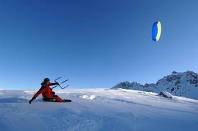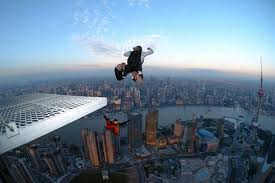A Sensory Room is a place where children and adults can explore and develop their senses and skills. The multi-sensory room can have many different features. Some of the many things often found in a sensory room include; fountains, fish tanks, soft music, many different kids of fun lights, soft scents, swings, bean bag chairs, along with much more.
A Multisensory room can engage children who can learn through play. From following bright lights, shapes and patterns with their eyes to pressing buttons to make the sensory room change color or even change color to music. Users will become interested in their environment. Also due to the flexible functionality of the multisensory room it can also be used to calm and de-stress.
Who can benefits from sensory rooms?
There are many different populations that can benefit from sensory rooms. The typical groups associated with sensory rooms include individuals who have PTSD, Stroke/TBI, Alzheimer's/dementia, Autism, along with cognitive or physical disabilities.































